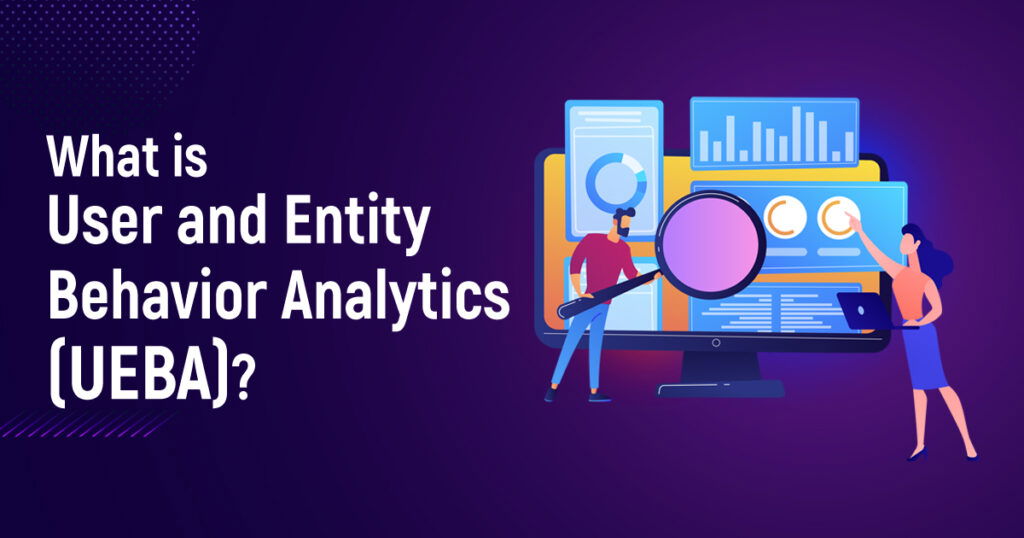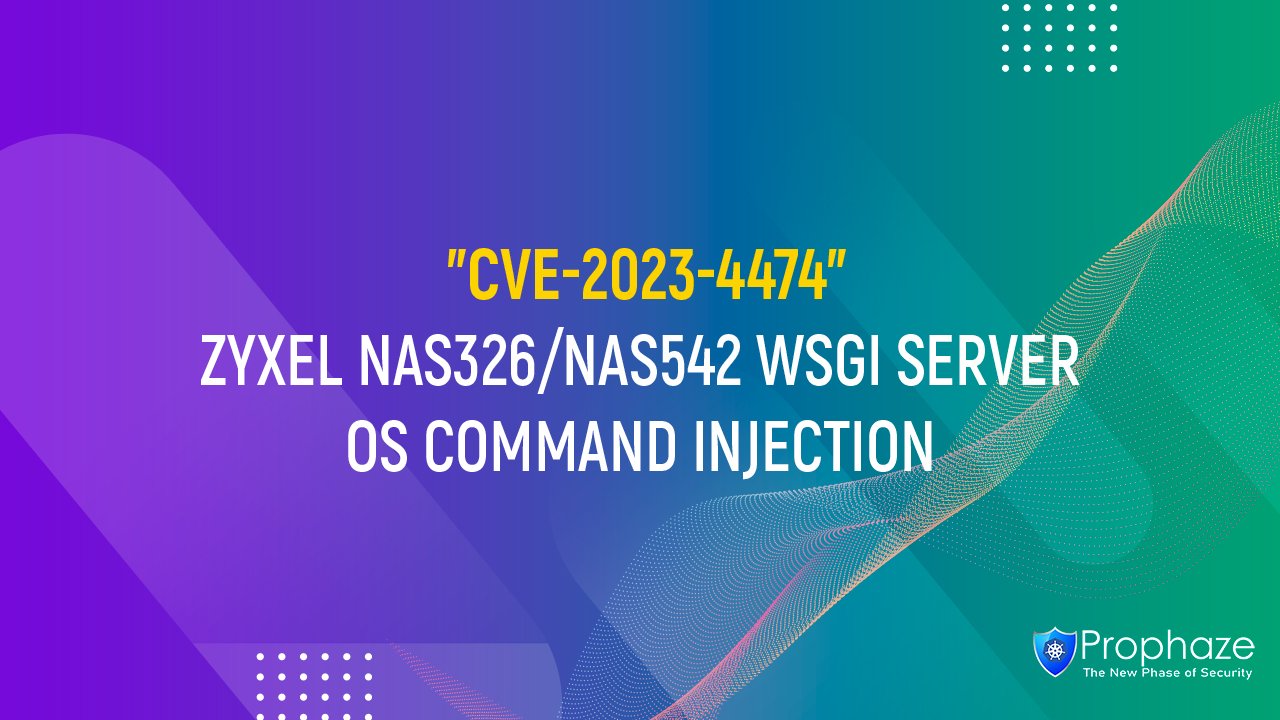User and Entity Behavior Analytics (UEBA) is a cybersecurity solution that uses advanced analytics to detect anomalies in the behavior of users, devices, and applications within an organization. Unlike traditional security tools that rely on predefined rules and signatures, UEBA leverages machine learning (ML) and data-driven insights to identify abnormal patterns and flag potential security threats.
In today’s rapidly evolving threat landscape, where sophisticated cyberattacks such as insider threats and account takeovers are becoming more common, UEBA offers a proactive approach to detecting suspicious activities that may otherwise go unnoticed.
Why is UEBA Important in Cybersecurity?
Detection of Insider Threats:
One of the most important advantages of UEBA is its ability to detect insider threats. These threats often circumvent traditional security tools. Because insiders often have legitimate access to systems, UEBA identifies unusual behavior, such as access to sensitive data or unusual access patterns. This may signal malicious intent.
Protection Against Account Takeovers:
UEBA monitors and analyzes user behavior in real-time. If a user account is compromised and used for unauthorized activities such as data extraction or lateral movement within the network, UEBA may flag these anomalies and trigger an investigation.
Advanced Threat Detection:
Unlike traditional security measures that rely on known threat signatures, UEBA uses behavioral analysis to detect previously unknown or emerging threats. This proactive approach is critical in protecting against zero-day vulnerabilities and advanced persistent threats (APTs).
Reduced False Positives:
Traditional rule-based security systems often generate a high number of false positives. This can overwhelm the security team and lead to vigilante fatigue By focusing on unusual behavior patterns rather than static rules, UEBA reduces false positives and enables security teams to prioritize genuine threats.
How Does User And Entity Behavior Analytics (UEBA) Work?
Data Collection:
UEBA solutions collect data from a variety of sources, such as logs and network traffic. User activity and security tools This information serves as the basis for analyzing user entity behavior.
Baseline Creation:
Using machine learning algorithms, UEBA creates a baseline for the normal behavior of each user, device, or entity. The baseline will evolve as more data is collected. It helps the system understand what is considered “normal” behavior for a specific entity.
Anomaly Detection:
Once the baseline is established, UEBA continuously monitors behavior and detects anomalies that deviate from the norm. These discrepancies may include unusual access times. unusual data transfer or deviations in access patterns.
Risk Scoring and Alerting:
Known anomalies are assigned a risk score based on their severity and potential hazard. High-risk activities trigger alerts. Encourage the security team to investigate further.
Key Features of User And Entity Behavior Analytics (UEBA) Solutions
Behavioral Analytics:
UEBA uses ML-powered heuristics to detect threats that signature-based systems would miss. It can detect small changes in behavior that may indicate malicious activity. This is even though the behavior is not linked to any known attack pattern.
Entity Monitoring:
In addition to users, UEBA also verifies other entities. Within the network, such as devices, applications, and services, UEBA can find anomalies that may indicate a compromised device or application.
Integration with Existing Security Tools:
UEBA solutions can integrate with existing security tools such as SIEM (Security Information and Event Management) systems, enhancing capabilities by adding behavior-based detection. This provides a more comprehensive view of the security landscape.
Incident Response Support:
UEBA solutions help security teams by providing contextual insights and risk scores for known anomalies. This information allows for a faster and more informed response to incidents. Reduces investigation and resolution time.
Benefits of Implementing UEBA

Proactive Threat Detection:
UEBA helps organizations detect insider threats. Compromised account and unknown malware before it can cause significant damage. The ability to detect subtle behavioral changes allows for quick detection of potential threats.
Reduced Investigation Time:
By providing contextual information and risk scores for anomalies, UEBA helps security teams prioritize investigations. This reduces the time it takes to track down false positives. And it helps analysts focus on the real threats.
Improved Compliance:
UEBA can help organizations stay compliant by continuously monitoring user organization transactions and generating detailed reports. This is especially important for industries with strict regulatory requirements, such as healthcare and finance.
Enhanced SOC Capabilities:
UEBA for Security Operations Center (SOC) adds a valuable layer of insights that complement traditional SOC tools. This helps analysts better understand the context of alerts. and respond to various events more efficiently.
Challenges and Considerations When Deploying UEBA
Data Privacy Concerns:
Because UEBA relies on extensive monitoring of user activity, Therefore, it raises concerns about privacy and misuse of personal information. Organizations should ensure that they take appropriate data protection measures and comply with privacy regulations.
Integration Complexity:
Integrating UEBA into existing security infrastructure can be challenging. This is especially true for large organizations with complex environments. Proper planning and layout are essential to ensuring smooth integration.
Training and Expertise:
Effective use of UEBA requires skilled security professionals who understand how to interpret behavioral analytics and manage system-generated alerts. Organizations may need to invest in training their security teams to use UEBA effectively.
The Future of UEBA in Cybersecurity
As cyber threats become more complex, traditional security tools struggle to keep up. The demand for behavioral analytics solutions like UEBA continues to grow. AI-powered UEBA solutions are expected to take this to the next level. It uses deep learning algorithms to improve threat detection and response capabilities.
In addition, because various organizations As cloud and hybrid environments are increasingly adopted, UEBA will play a key role in monitoring and securing these environments by providing real-time insights into their entity behavior. Users throughout the network.









